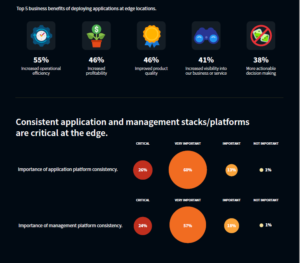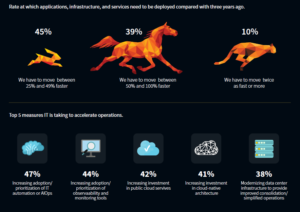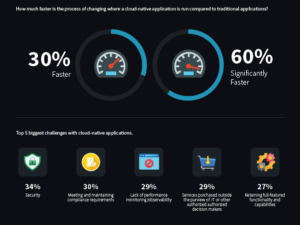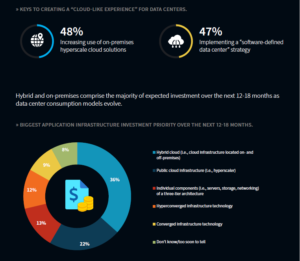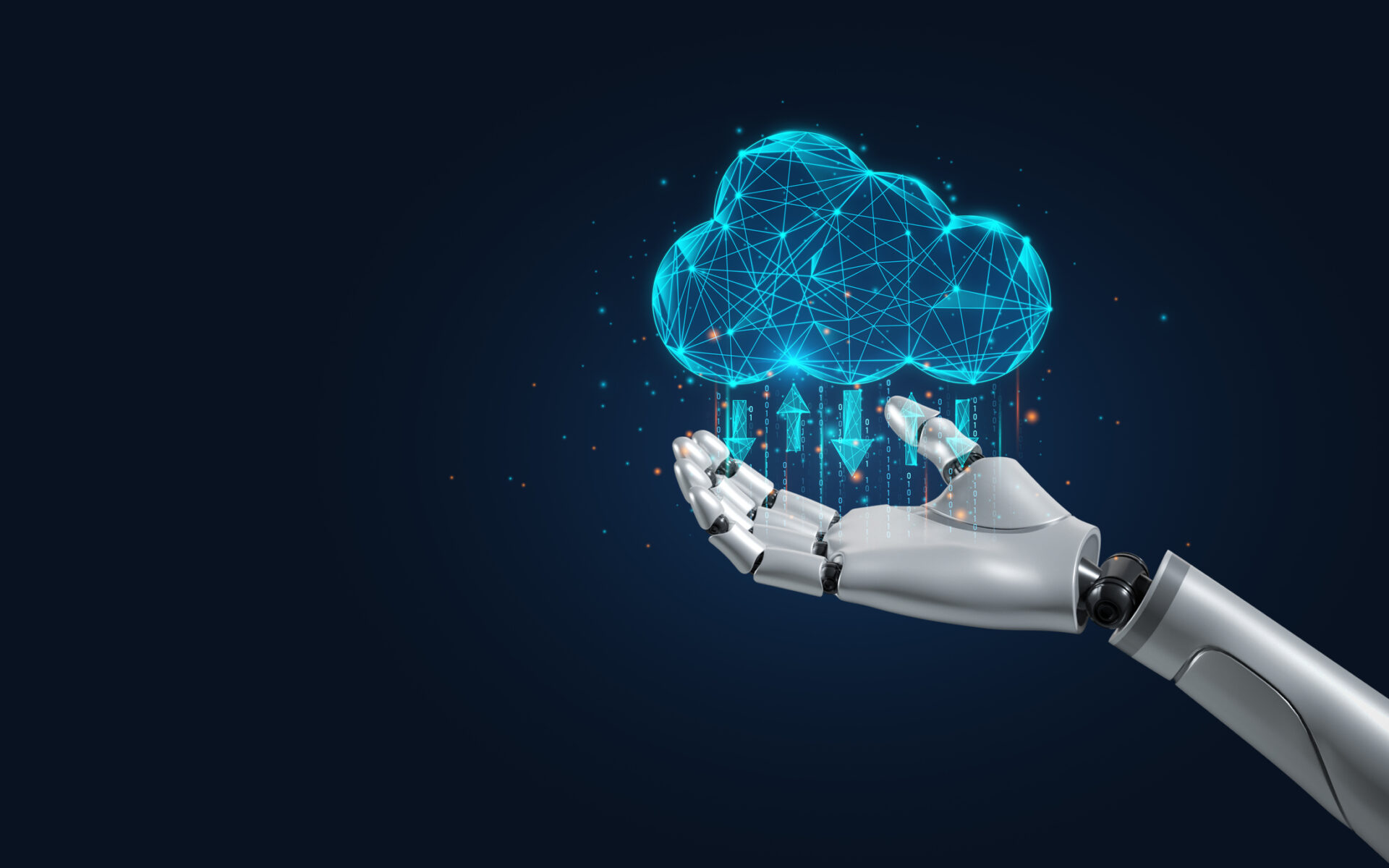
Tabs
-

-
Research Report: The State of Digital Ecosystems at the Edge
Organizations are distributing applications across multiple public cloud environments and edge locations. This is driven by the need to collect and analyze the data generated at these remote sites to enable organizations to improve quality, deliver enhanced experiences (both customer and employee), and gather deeper insights into the business. Because the “edge” can be defined in many ways depending on several factors, such as company size and industry, organizations employ a range of strategies and an ecosystem of partners that includes cloud service providers, telecommunication companies, colocation providers, and even traditional technology vendors to ensure robust edge computing environments that deliver critical business insights. To understand how enterprises are leveraging technology vendors, carriers, telcos, MSPs, and CSPs to innovate and optimize edge computing environments, Enterprise Strategy Group surveyed 374 IT professionals at organizations in North America (US and Canada) responsible for their organization’s edge computing applications, tools, policies, and procedures.

Infographic
Preview notable data points and key findings from the study.
-
Research Report: Observability from Code to Cloud
Organizations continue to try to strike the balance between cloud-native and legacy infrastructure. Whether organizations take a “cloud-first” or a “cloud-when-it-makes-sense” approach to their digital transformation initiatives, the number and variety of infrastructure options and locations continue to expand. Specifically, IT operations teams continue to strive to improve collaboration with developers on building modern application architectures and establishing the related processes. As companies accelerate or embark on their digital transformation journeys, what is the expected role of ITSM in enabling businesses to realize the benefits of automation, observability, intelligence, and optimization? To gain insight into these trends, Enterprise Strategy Group surveyed 357 IT, DevOps, and application development professionals at organizations in North America (US and Canada) responsible for evaluating, purchasing, managing, and building application infrastructure.

Infographic
Preview notable data points and key findings from the study.
-
Research Report: Cloud-native Applications
Today’s businesses are evolving rapidly to meet the demands of their customers, but traditional and heritage applications often do not meet the requirements. IT organizations are trying to keep their businesses running while migrating to new, modern approaches to advance the business into the future. Many organizations are taking a “cloud-first” approach to their digital transformation initiatives, which requires building, maintaining, and operating a developer-ready infrastructure without impacting developer velocity. To understand cloud-native application trends, Enterprise Strategy Group surveyed 387 IT professionals at organizations in North America (US and Canada) responsible for evaluating, purchasing, managing, and building application infrastructure.
Related briefs:

Infographic
Preview notable data points and key findings from the study.
-
Research Report: Application Infrastructure Modernization Trends Across Distributed Cloud Environments
To gain insight into the state of application infrastructure modernization trends, including movement to public cloud services and the future of the data center, key reasons companies are using more than one cloud service provider, the rate at which organizations are moving to the public cloud, and expectations of and plans for on-premises data centers, Enterprise Strategy Group surveyed 372 IT professionals at organizations in North America (US and Canada) responsible for evaluating, purchasing, building, and managing application infrastructure.
Related briefs:

Infographic
Preview notable data points and key findings from the study.
-
Infrastructure, Cloud & DevOps
When orchestrated well, the transformation of computing environments using converged infrastructure, cloud services, and optimized storage enables business innovation, faster time to market, and operational efficiencies.
Segments We Cover
-
Data Management, Analytics & AI
Data has the power to transform business, and organizations are turning to AI-driven analytics, data platforms, and tools to extract intelligence from mountains of data that must be carefully managed and protected.
Segments We Cover
-
Cybersecurity
As organizations invest in transforming legacy networking infrastructures and operations to keep pace with business needs, they face increasingly sophisticated cybersecurity threats from the data center to the edge.
Segments We Cover
-
Business Applications
From customer experience to end-user computing and unified communications, Business Applications & EUC technology is evolving to meet the unique challenges of supporting remote and hybrid workforces.
Segments We Cover
-

-

-


